TechRadar Verdict
From top to bottom, the Microsoft Surface Laptop 2 is a worthy follow up to the original device. This successor vastly improves the laptop’s power profile. And, while it doesn't include tangible design changes, it ultimately achieves the purest Windows 10 experience on a laptop.
Pros
- +
Competitive power level
- +
Lovely new black color scheme
- +
Quieter keyboard
- +
No more Windows 10 S Mode
Cons
- -
No Thunderbolt 3 option
- -
Too few ports for its size
Why you can trust TechRadar
When Microsoft released the Surface Laptop a couple of years ago, we were surprised with its first ‘traditional’ laptop. And, we had to ask: “why release a laptop that’s right down the middle, when you’ve made a name for yourself as a tastemaker in touch-based mobile computing?”
Microsoft Surface range looks to make its fabric coating smarter
Microsoft’s Surface sales keep getting stronger with a 21% leap
Well, Microsoft may have designed the Surface Laptop 2 to answer that question. This new laptop doesn’t necessarily shake things up, but the Surface Laptop 2 is precisely what the original device should have been: a pure and powerful Windows 10 laptop experience.
- Buying Guide: 15 best laptops for most people in 2019
- Buying Guide: 10 best 2-in-1 laptops in the world today
Beyond the odd 13.5-inch display, the Surface Laptop 2 could use a few more modern ports. This isn’t a deal breaker, however, as the improvements in internals make the Surface Laptop 2 a force to be reckoned with, and definitely worth your hard-earned money.
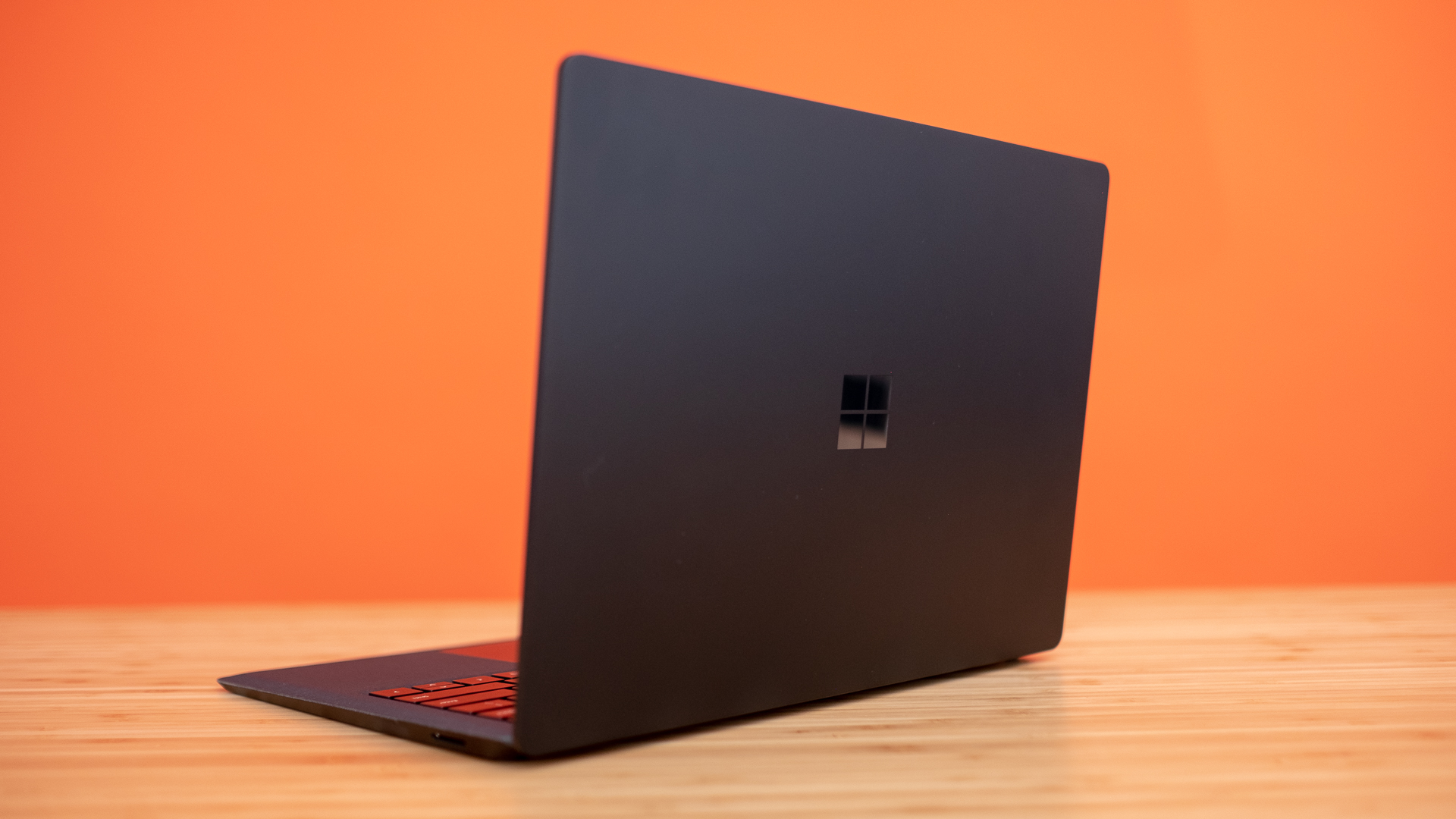
Here is the Surface Laptop 2 configuration sent to TechRadar for review:
CPU: 1.7GHz Intel Core i5-8250U (quad-core, 6MB cache, up to 3.4GHz boost)
Graphics: Intel UHD Graphics 620
RAM: 8GB LPDDR3
Screen: 13.5-inch, 2,256 x 1,504 resolution PixelSense display (10-point multi-touch, 3:2 aspect ratio)
Storage: 256GB SSD
Ports: 1x USB 3.0, mini DisplayPort, Surface Connect port, headphone/mic jack
Connectivity: 802.11ac Wi-Fi (2 x 2 MIMO), Bluetooth 4.1 (Low Energy)
Camera: 720p HD webcam with infrared for Windows Hello
Weight: 2.76 pounds (1.25kg)
Size: 12.13 x 8.79 x 0.57 inches (308.1 x 223.27 x 14.48mm; W x D x H)
Price and availability
The starting model of the Surface Laptop 2 will set you back $999 (£979, AU$1,499). This configuration comes with everything you see listed to the right, but with a limited 128GB of SSD storage.
Of course, you have the option to beef the Surface Laptop 2 up, except for the display, to an Intel Core i7 CPU, 16GB of RAM and a 1TB SSD. This one will set you back $2,699 (£2,276, AU$3,999).
If you’re looking to pick up the Surface Laptop 2 we reviewed here, with a 256GB SSD, you’ll have to fork over $1,299 (about £1,119, AU$1,999). This is about the same price as the original Surface Laptop, and it’s still comparable to rival Ultrabooks like the Dell XPS 13.
There's also the pricier Surface Pro 2, whose entry-level 15-inch model coming in at a still hefty $2,499 (£2,349, AU$3,649), which comes with an 8th-generation Intel Core i7, 16GB RAM, Nvidia GeForce GTX 1060 and 256GB storage.
If you want this level of power from Apple, it’ll be at least $1,499 (£1,449, AU$2,199) for the 13-inch MacBook Pro.
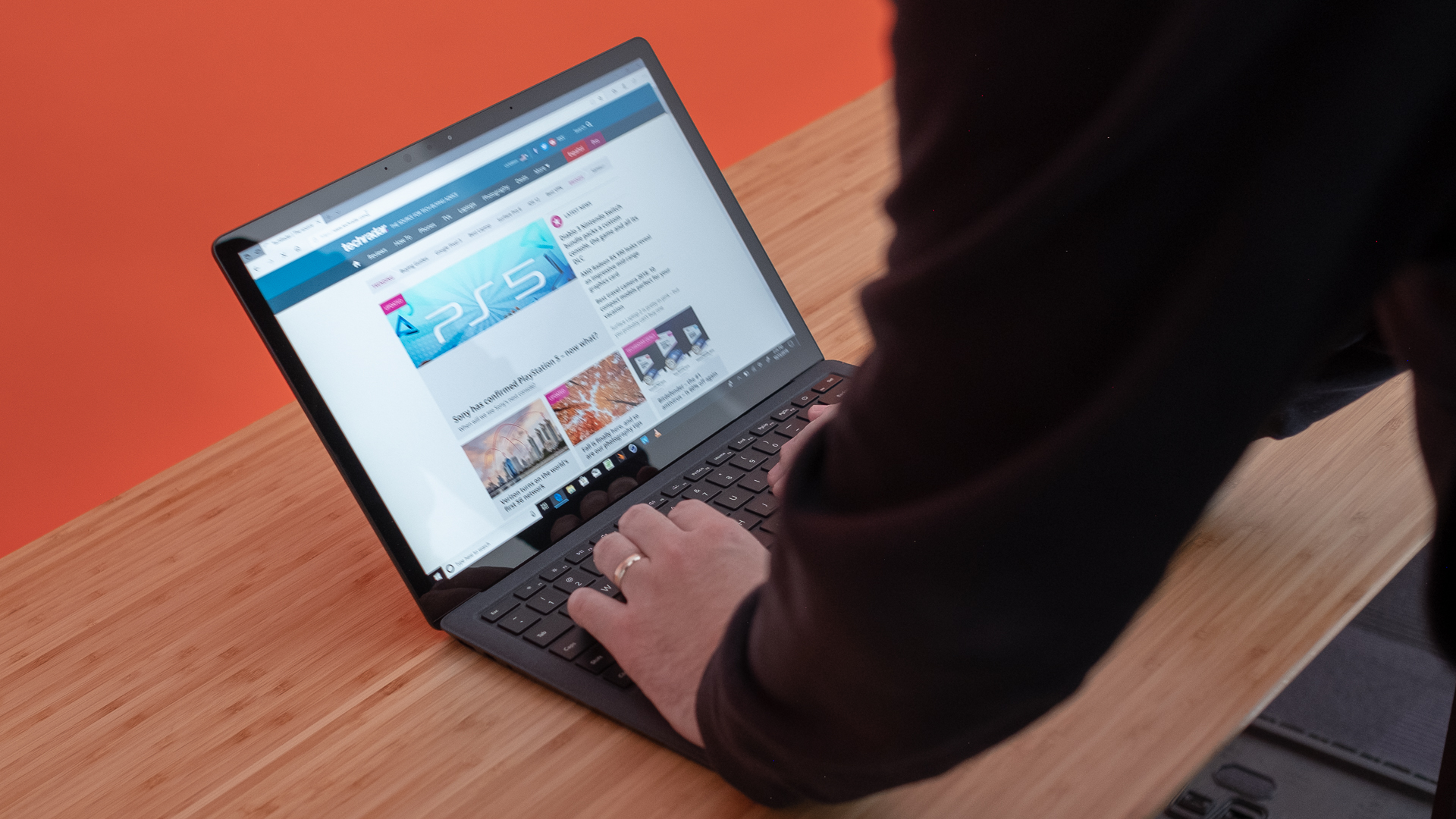
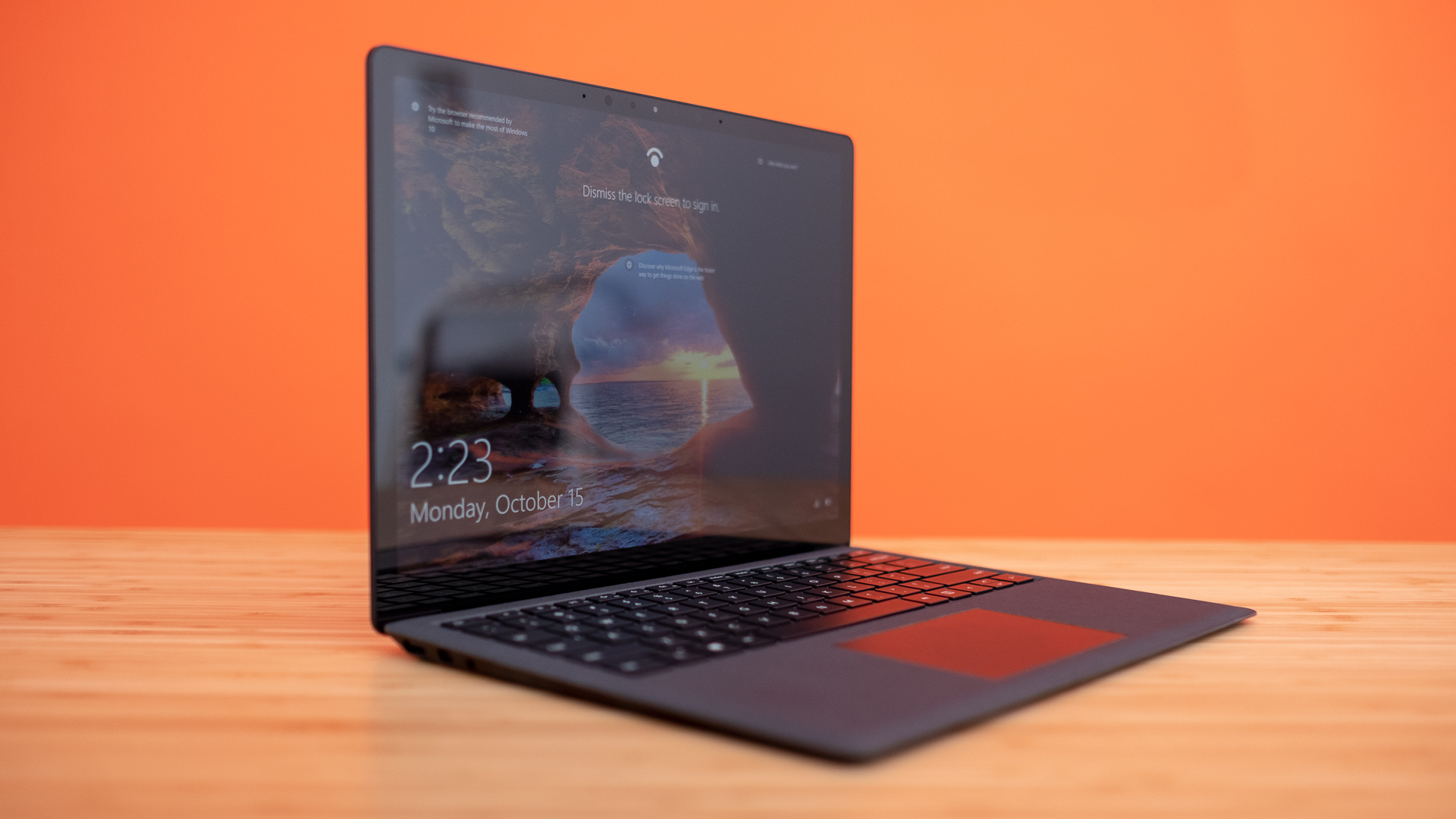
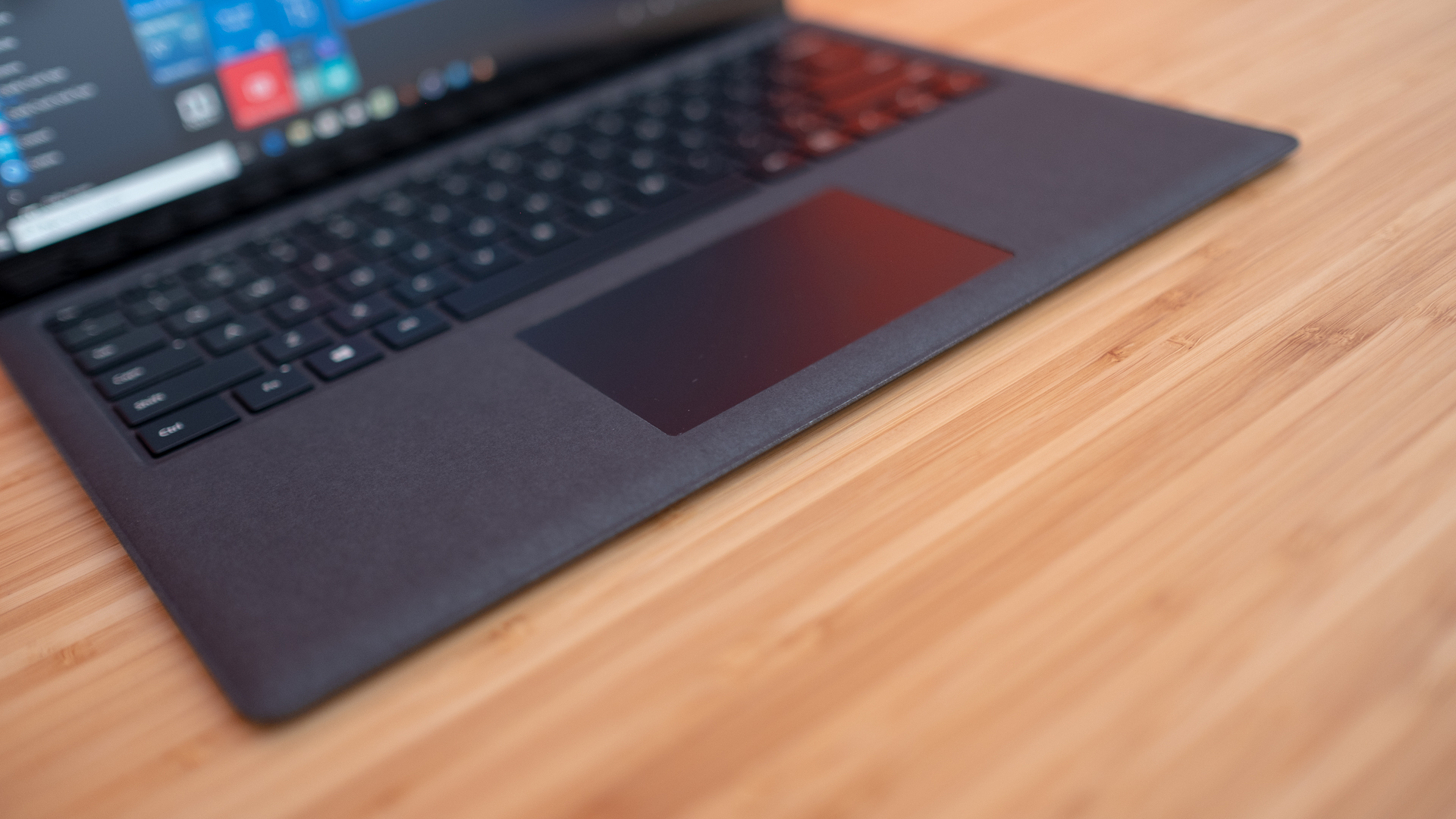

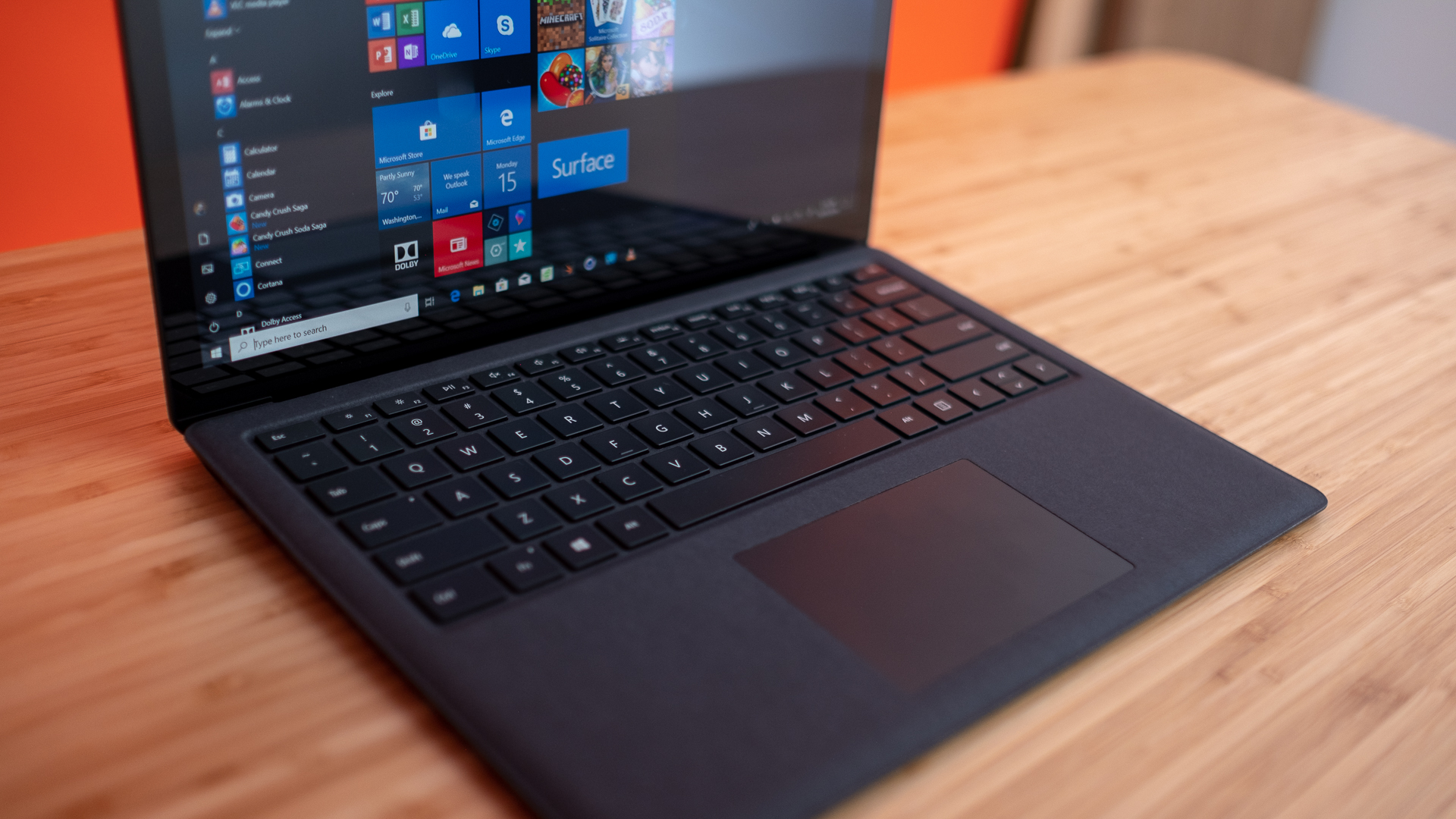

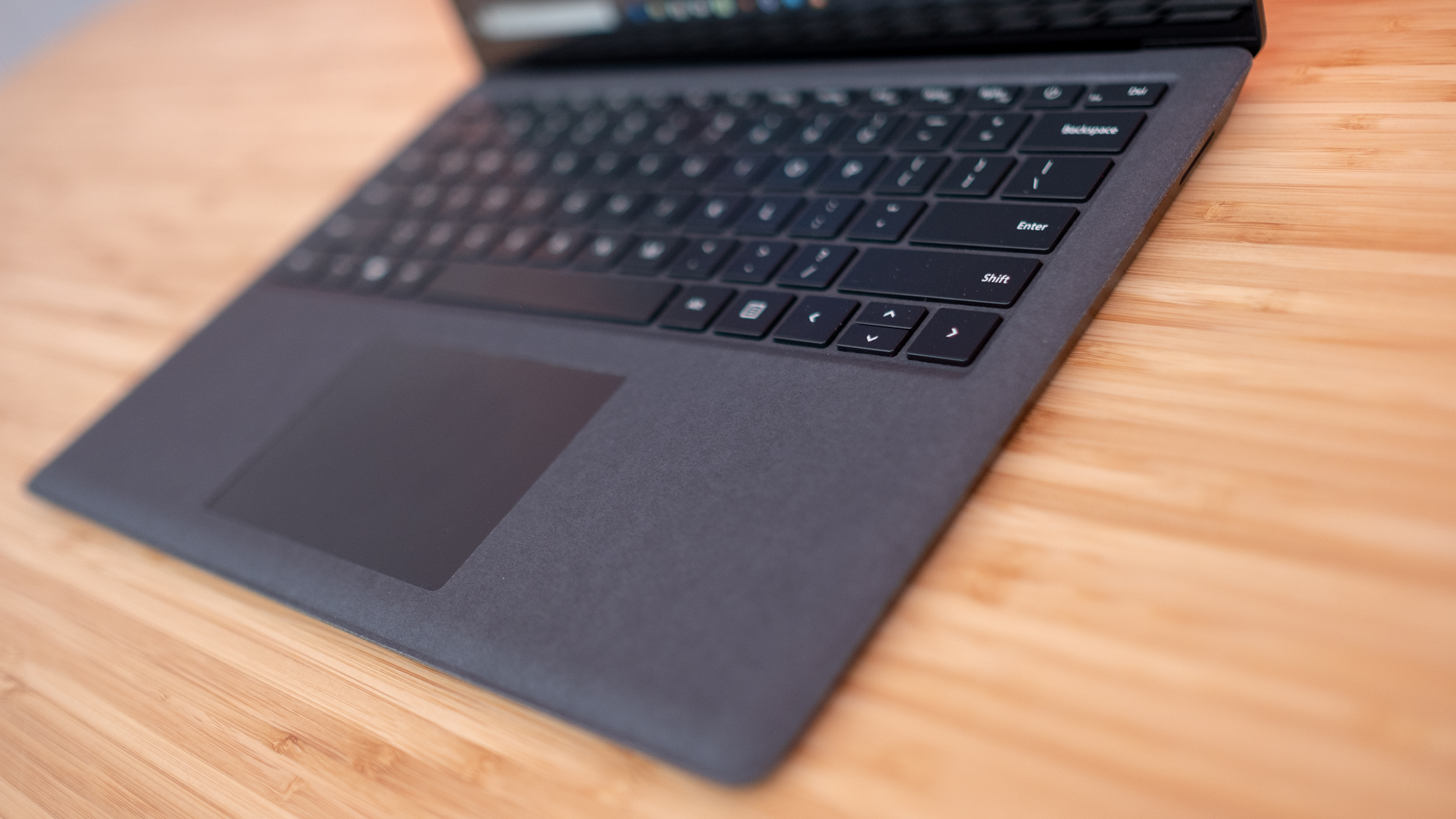
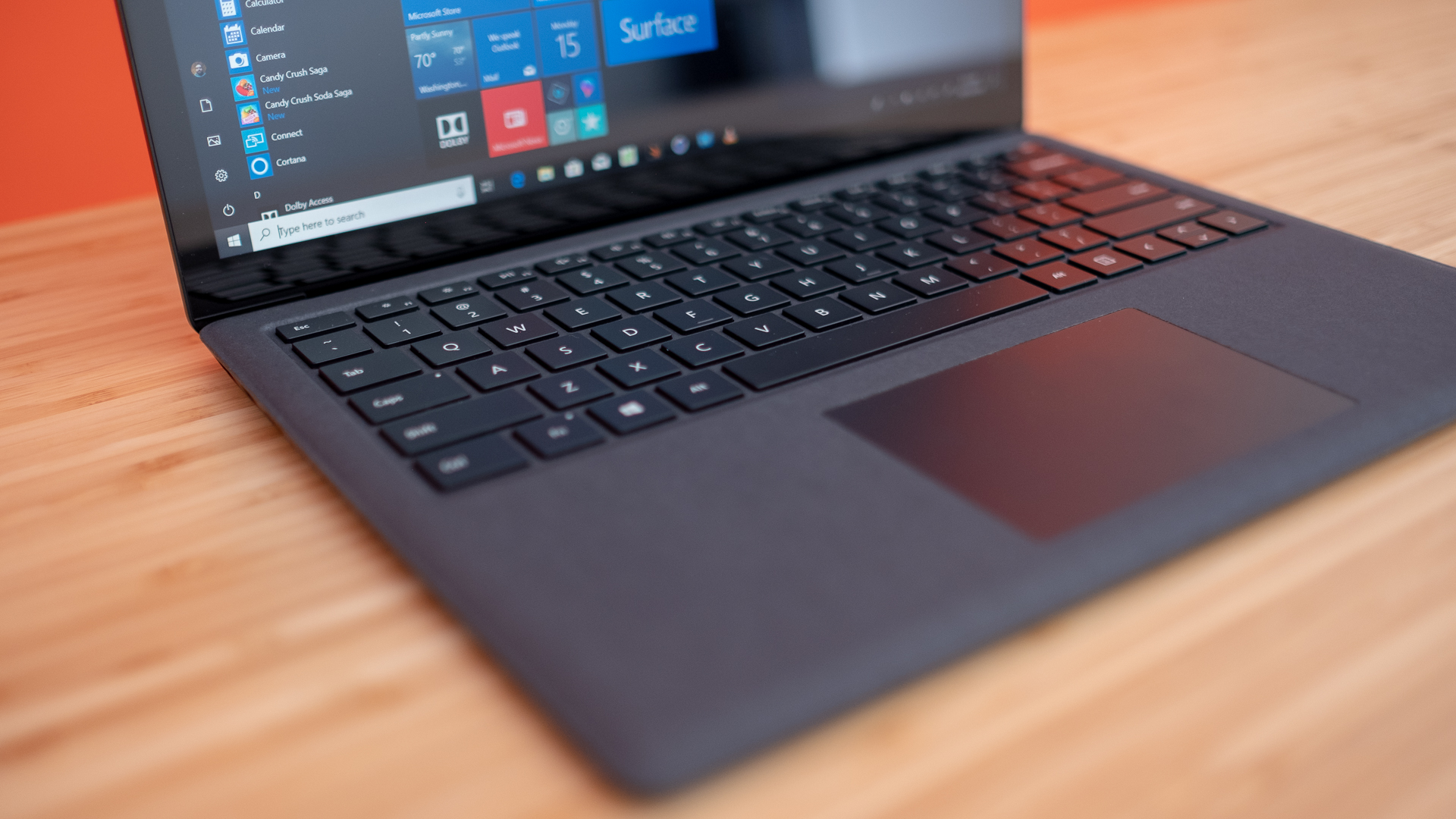

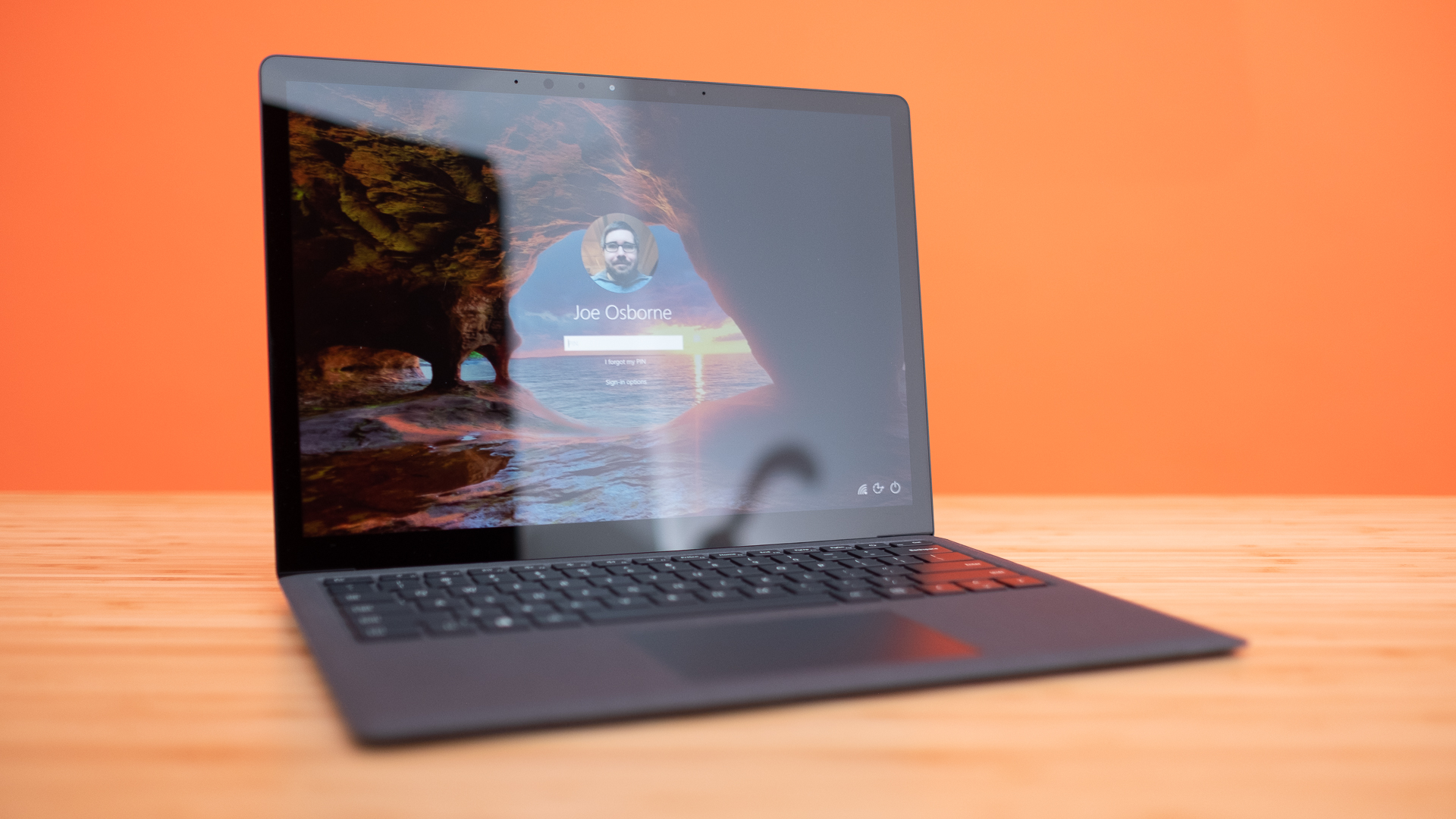

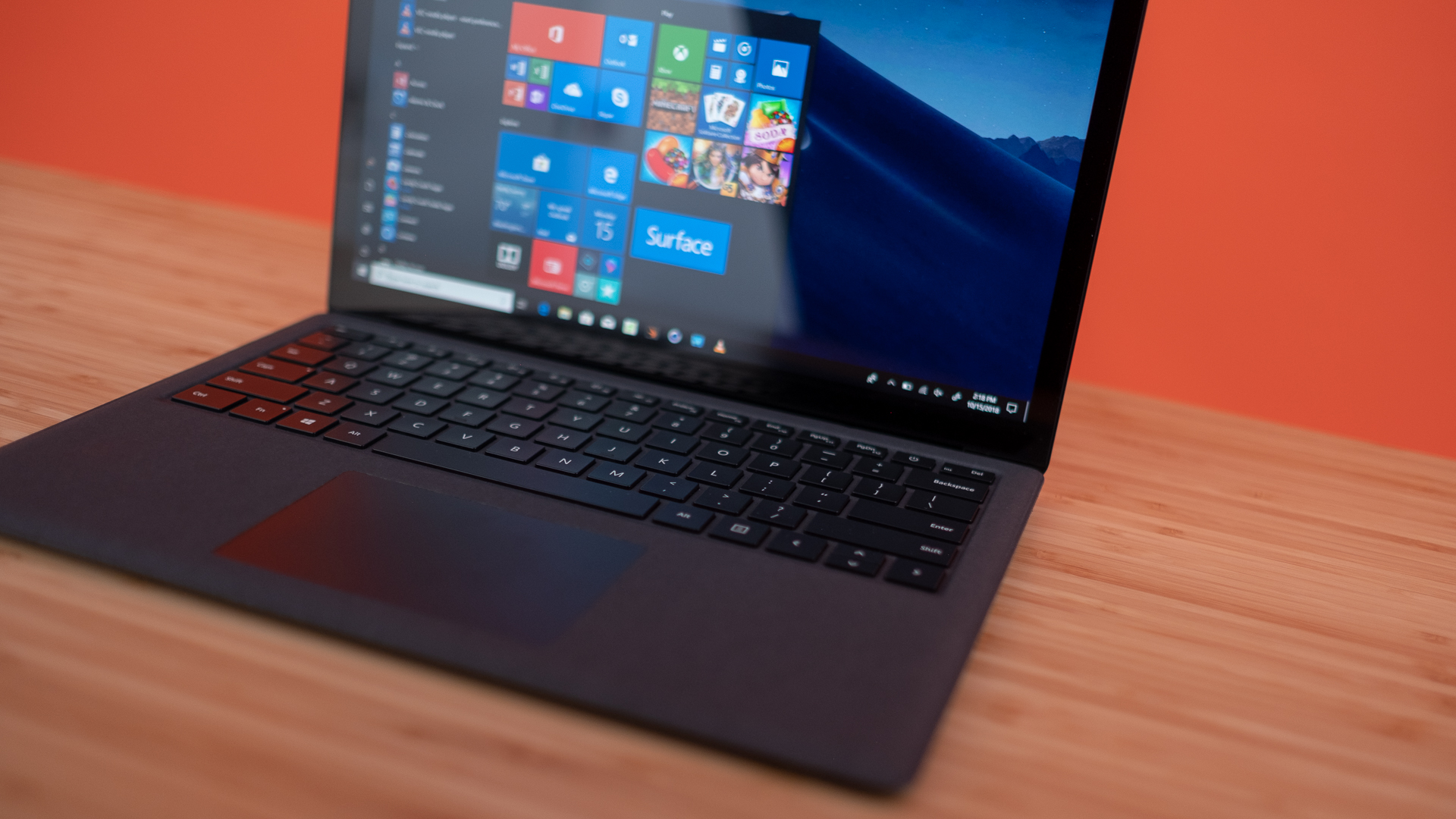

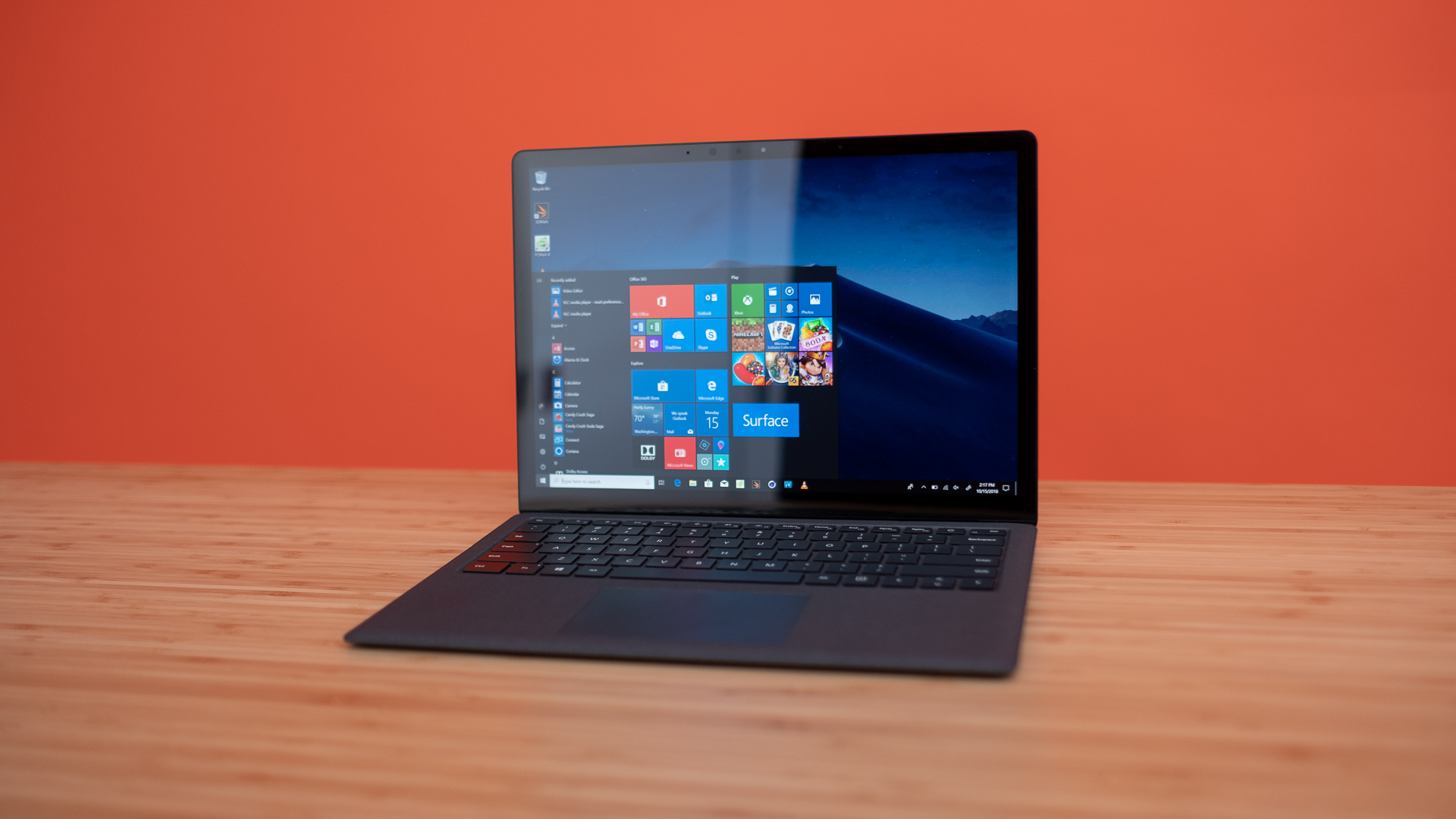
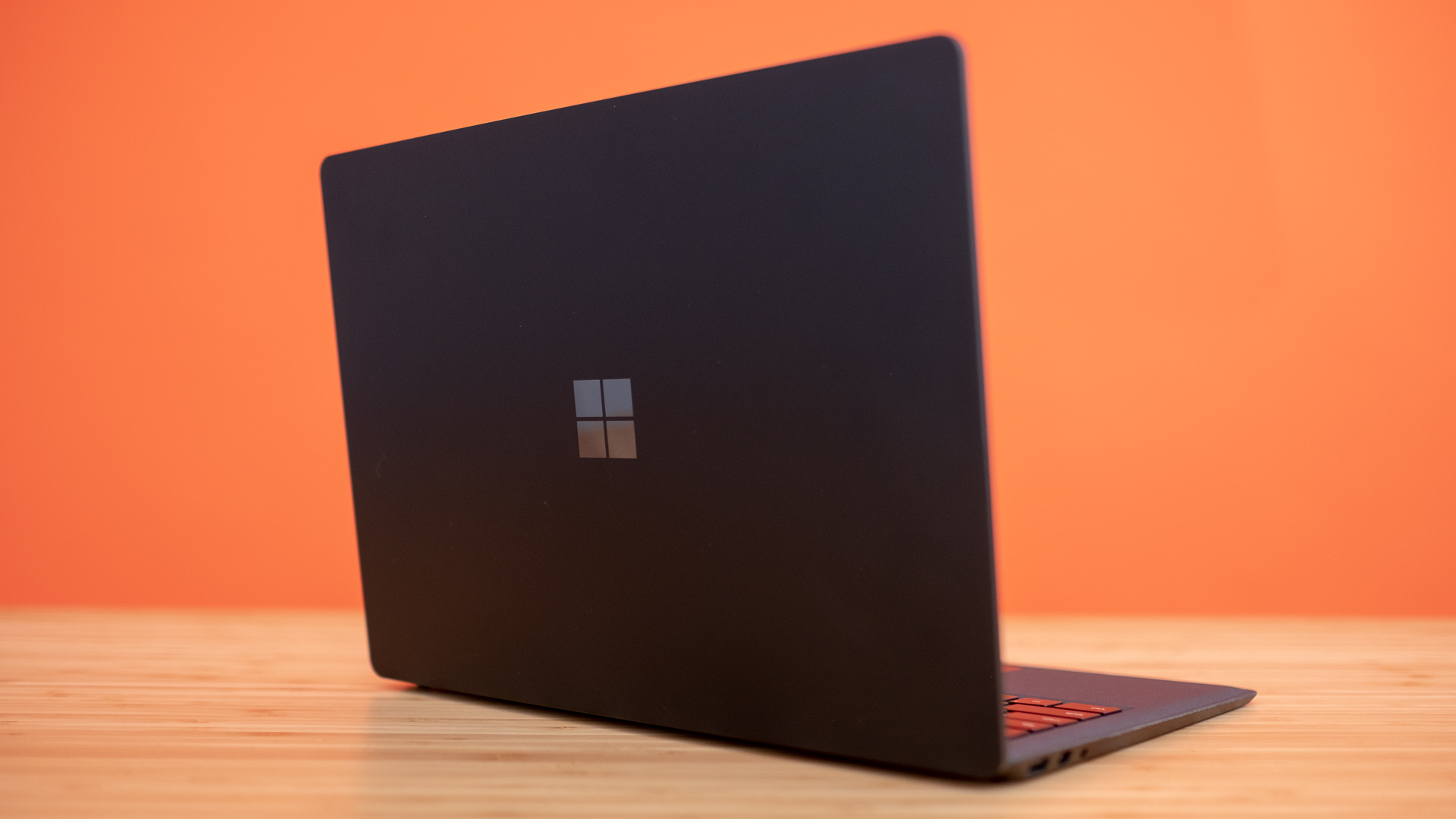


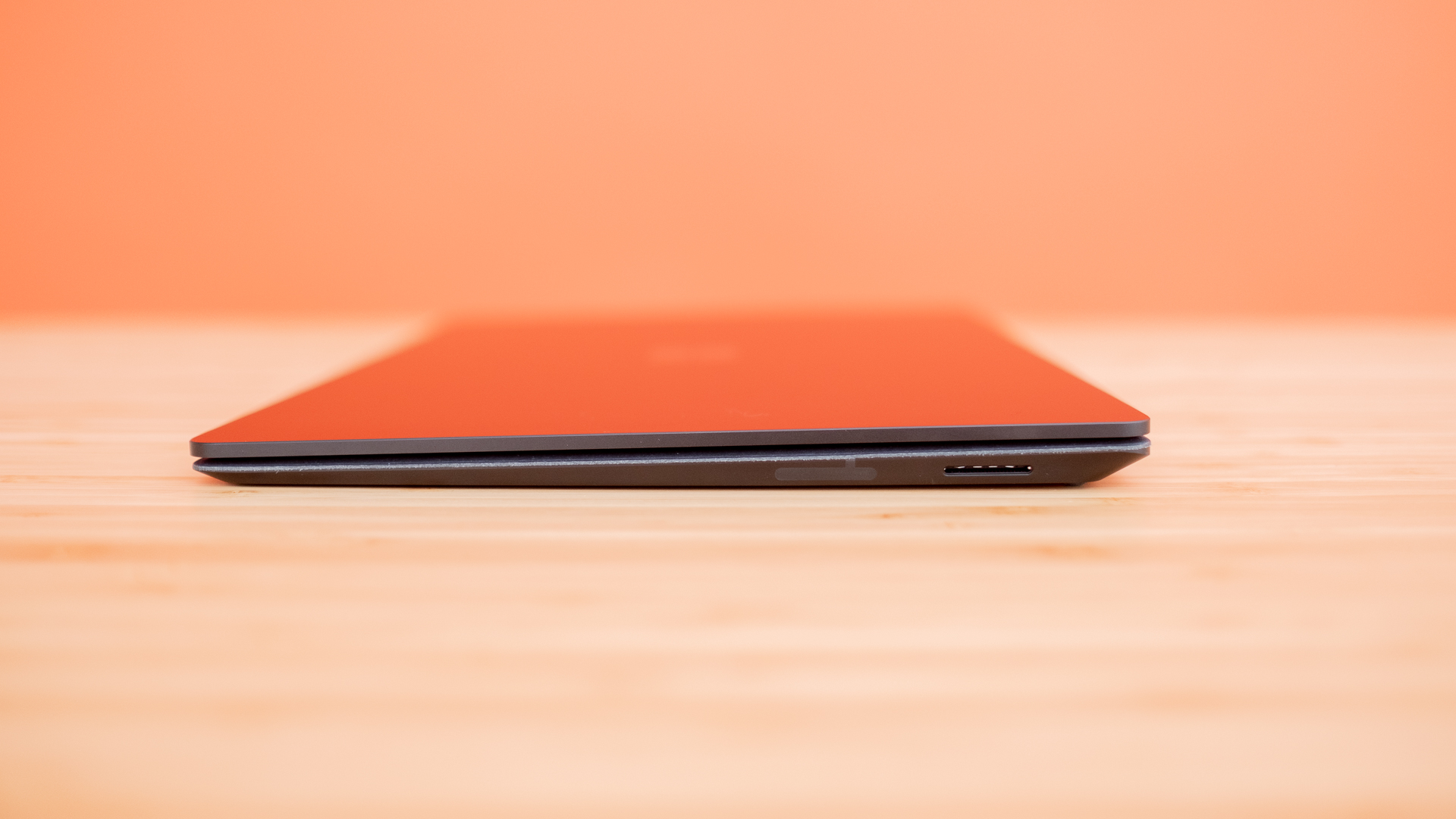
Design and display
So little has noticeably changed as far as the design. That is, short of a major new color option – yes, the Surface Laptop 2 has an all-black color variant now that looks absolutely beautiful, and feels fantastic to boot.
Beyond the new color option, however, the Surface Laptop 2 is essentially the same as its predecessor, only much more powerful. It’s just as thin and light as before, at 0.57 inches (14.48mm) and 2.76 pounds (1.25kg). This means that the Surface Laptop 2 is just as portable as before, which is excellent news for mobile professionals and students alike.
The display hasn’t changed since the original model, either. Not that we’re not complaining, since the original Surface Laptop did have an incredible screen. The Surface Laptop 2 has blacks that are just as deep and reds that are just as sharp. The swift touch response is also an advantage. If you have a lot of work to do, you’ll fall in love with the tall 3:2 aspect ratio, but you’ll have to deal with some black bars while watching traditional 16:9 video content.
Microsoft doesn’t include its $99 (£99, AU$139) Surface Pen stylus, which is unfortunate because it is essential if you were to take full advantage of the touch display.
Microsoft claims to have made the Surface Laptop 2 keyboard quieter than its previous model, and we can confidently say that this has to be among the most silent keyboards we’ve ever tested. Our coworkers couldn’t even hear our typing in a quiet open-office environment.
The fact that Microsoft has managed this while maintaining impressive force under our fingers is worth lauding. That said, the spacing of the keys could be a little narrower for more comfort.
As for the touchpad, it’s a fine tracking device that’s spacious, smooth and responsive. The inputs are made much nicer by the Alcantara fabric that surrounds them, as it’s simply something more pleasant to rest your hands on than hard, cold aluminum.
However, maybe Microsoft hasn’t iterated enough on the design. The second generation of this laptop is still doesn’t have Thunderbolt 3, much less USB-C 3.1. You’re still stuck with a single USB 3.0 – yes, not even the traditional USB port can support the latest USB 3.1 standard – and a Mini DisplayPort.
The Surface Laptop 2 chassis has enough empty space so there’s no excuse for it to be so light on ports. Plus, the ports that are there aren’t up to 2019 standards. By comparison, the 13-inch MacBook Pro has four Thunderbolt 3 ports, and the Dell XPS 13 2018 has two – on top of a microSD card reader and a third USB-C 3.1 port. The kicker? Both of these laptops are smaller than the Surface Laptop 2.
Images Credit: TechRadar
First reviewed October 2018
- Check out our Microsoft voucher codes to get the best deals on Microsoft products.
- 1
- 2
Current page: Introduction, price, design and display
Next Page Performance, battery life, features and verdictJoe Osborne is the Senior Technology Editor at Insider Inc. His role is to leads the technology coverage team for the Business Insider Shopping team, facilitating expert reviews, comprehensive buying guides, snap deals news and more. Previously, Joe was TechRadar's US computing editor, leading reviews of everything from gaming PCs to internal components and accessories. In his spare time, Joe is a renowned Dungeons and Dragons dungeon master – and arguably the nicest man in tech.
